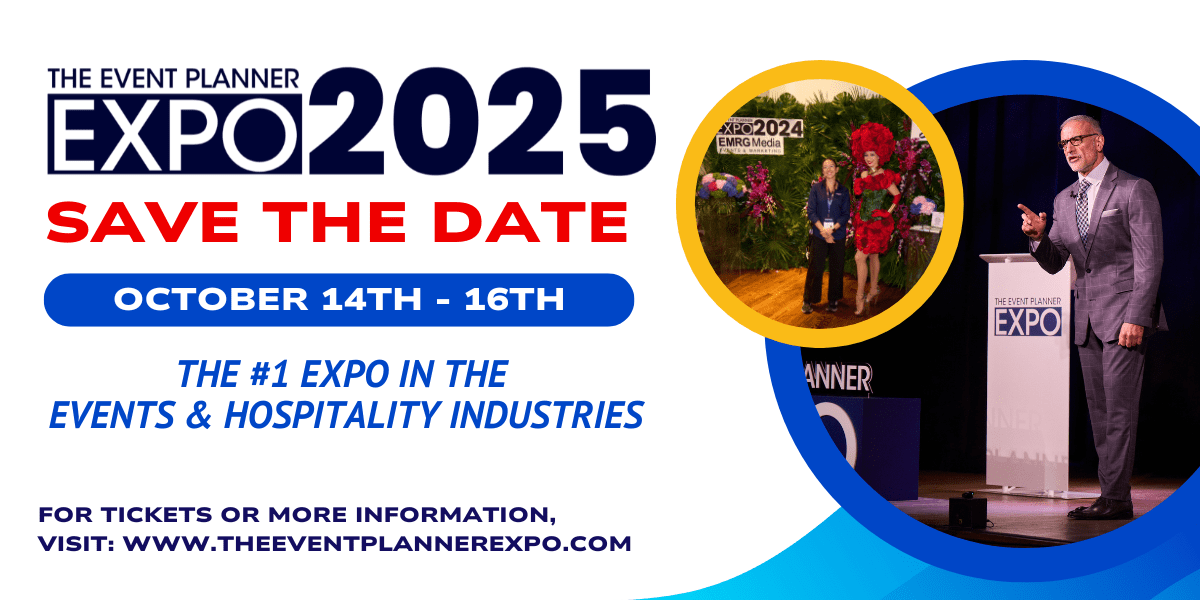How to Master Creating a Great Event Presentation on PowerPoint
PowerPoint presentations can be looked at as your first impression to your audience. Most event planners in NYC know that tons of text can be an excitement killer to audiences. But there are many other things you should know about creating a great slide presentation. Before we go over designing your event presentation, let’s cover the basics:
- Concentrate on Content. Slides come last.
With the stress on images, many event professionals worry too much about what the slides will look like. But content, technique, and design are all equally important.
You can’t create awesome slides until you have the content of your presentation completed. As important as images are, don’t look for images first and then build a presentation around them. It will be disjointed and unintelligible (although on the upside, it will look good!).
Ideally, after you read this article, you’ll feel confident to create your own template. In the meantime, you can use our free download and switch out a few things, taking the stress off you and reducing your worry. This will allow you to think about content over images.
Basic slide organization:
- Make an outline of what you want to say.
- Add Tweetable content to the slides highlighting your most powerful information. Giving attendees “tweetable” bits will encourage them to share the slide content.
- Use images that capture the emotion of what you’re saying but that don’t compete with it.
- Presentation technique is crucial to engagement.
Just as the content is important, your presenter (or your presentation) is more important than clever fade-ins and video accompaniments. Those things are nice but try to limit them or you’ll train your audience to look for the shiniest object. In a fancy presentation, that won’t be you.
Ensure your presenters:
- Are more dynamic than the slides. A mediocre speaker can make an audience happy through some cool tech but an awesome speaker can also get lost in the shuffle if they try to do too much in their slide deck. Advise your speakers you still want attendees to pay attention to them and the discussion at hand.
- Add video sparingly. When you use it, don’t set it to autoplay. When autoplay is on, it frequently takes a moment to play. A panicked speaking may accidentally click the slide deck again without thinking. After all, that’s what we do when we want something to play. But in Powerpoint, this will advance things to the next slide. Now the speaker’s breathing heavy. Instead, set the video to play on click. Or, agree a cue with the AV tech so they handle it.
- Can confidently present without their slide deck. Technology sometimes fails. Ensure the event presentation ppt isn’t the only thing they have going for them.
- Maintain consistency and design integrity.
Don’t create an inconsistent PowerPoint presentation. For some events, it may make sense to issue presenters event presentation templates, logos, or color schemes. You want consistent presentations, not one speaker who’s a PowerPoint expert user and another still using Clip Art and pixelated images.
Maintain slide quality:
- Create a template for your presenters to use. (More about what it should contain in the design section). If you don’t want to inhibit creativity, insist upon the event hashtag or logo/watermark be on every slide. This helps with branding.
- Ask to review presenter’s slides to ensure they are all of the same quality.
- Test the links and embedded videos your presenter is using.
- One main concept per slide.
If event planners were mathematicians, we’d tell you one equation per slide. Since that’s not what we’re working in most of the time, think of it as one big idea (and a few sub ideas) per slide. Don’t try to do too much in one slide. It’s better to have a big slide deck than a small one with dense text on each slide. Plus, frequently changing images holds audience interest.
Make the message clear:
- Shoot for one big concept per slide.
- Showcase your concept with a Tweetable fact or quote.
- Bring emotion to your story or concept using an evocative image.
There’s plenty that goes into a decent event presentation and we’ve thrown plenty to think about your way along with some convenient examples to start you off. Good luck!
